The Need: Training for Change ~
Marsh & McLennan Companies put out a white paper on Strategic Organization Design: An Integrated Approach
In the paper it states “every industry and business sector, competition continues to intensify. New players are suddenly changing the basic rules of the game with new products, technologies, distribution patterns, and business models. To succeed, leaders must understand the concepts and learn the skills involved in designing their organizations in ways that will unleash and maximize these core capabilities.”

Senior organizational leaders are constantly facing the need to restructure their organizations. That means changes. Changes in leadership, shifts in strategy, or other needed within an organization, creating the need for reorganizing. While organization design is one senior managers’ most powerful tools for changing the direction of their organizations, it can’t work without everyone being on board. Only then can it be a key in directing attention and energy to certain critical activities in an organization.
Organizational leaders, however, often lack the totally objective ability to go about it. It seems they know how to structure their organizations, but it’s not a one -person job. According to the Marsh and McLennan white paper:
“Efforts at restructuring are often uneven and unsystematic. Decisions to reorganize are often made with insufficient information and without a clear process to guide the effort. The result is that reorganizations often fail to produce the desired effects, leading instead to further confusion or problems within the organization.”
How does training fit into all this? Changes big and small must be made for a restructuring or reorganization to work. Ultimately no one can be left out. People need to accept change wholeheartedly for it to work. It is the disgruntled, misinformed employees especially among key staff, giving lip service to your ideas, that will bring it down or make it ineffective.
I have seen reorganization that involved only senior staff and the result was a long-term disaster, leaving not only organizational staff confused but also key partners and stakeholders. Clients were frustrated. Keeping as few key personnel as possible in the initial process is not such a bad idea, but there is one key I would not leave out. The training director, who will be invaluable when it comes to moving the entire organization to the implementation process with minimal difficulty and buy-in.

Granted there will always be issues when change comes into play, but leave that to those who can soft-pedal notion of change because that is what’s really bothering them–not the re-organization itself.
Change is more than just about immediate concrete changes. Let someone qualified in change to keep an eye on the personnel needs to deal with change; the training director should have a key role in analyzing those needs going into the process. Assuming the training director has a fair degree of autonomy within the company, he or she should understand how the company operates–if not the training director’s job just got more complicated. The same goes for public relations, public information, employee relations, and corporate communication.
Strategic Organization Design is a four-phase participative process intended to provide senior leaders with a systematic, step-by-step method for examining the structure of their organizations. The four-phases are as follows:
- Preliminary Analysis
- Strategic Design
- Operational Design
- Implementation
The preliminary analysis involves the collection of information necessary for making design decisions. Once you have accomplished the preliminary analysis. I am assuming it involves a participatory process providing for a systematic, step-by-step method for examining the structure of the organization.
The process should involve facilitation as a means of including participative training and gaining buy-in. Facilitated interviews are conducted focusing on the strategy of the organization, the key tasks being performed and current strengths and weaknesses of the organization. Some like to use the term, “structured” interviews, but I think that leaves opportunities for others to say just what you want them to say. With objective facilitation, more of the truth comes out. Not that your people are trying to deceive you, they are trying to be team players. That, of course, doesn’t help at this stage of the game when you are looking for flaws in current organizational design. Operational design involves the structuring of supervisory roles, information flows, and jobs within the context of the strategic design decisions. Implementation involves managing the transition from the current design to a new design.

Training or informing of those changes is a critical role the trainer can simplify. It most likely will involve key staff, including the CEO. If everything comes down from the top, it will be disputed–especially if the employees feel they weren’t consulted along the way; again, that’s the job of training, public information even an employee representative.
If you do nothing else, enlist the aid of training to start a campaign of adapting to change; that, at least, will tell people change is coming and how to cope with it. Knowledge of the some of the options won’t hurt a thing and might help. You might have a genius out there who sees what you and your senior staff do not–maybe a process so simple it elicits a, “Gee, why didn’t I think of that.” Yet, another good reason to them involved.
While an employee representative sounds perfect, be careful. You most definitely need information on the employee impact of the union to your plan, but you also want to work out solutions beneficial to management and employees before implementation. Training and public relations can help since it is their jobs to communicate the right message.
To get people thinking about change, hold a good idea contest, with the winner getting some time off or a bonus, for the most innovative idea for moving forward with the reorganization. Now you’ve stimulated the employees, maybe even excited them with the prospect of change. If your changes involve letting personnel go, a box as for suggestions on dealing with that issue might be useful to generate ideas while letting everyone know that is not the primary goal of the reorganization.
Marsh and McLennan Companies also have white paper on Using Organizational Assessment to Lead Change.
—
For more resources about training, see the Training library.
For more information on training development or delivery, presentation development or presenting, speech development or speaking, check out my website. Please feel free to comment. I’m open to all views. My own views of training are influenced by a background in psychology and communication as much as my experience as a national training developer and trainer. My views are my own and I hope that I stimulate ideas in the course of presenting them. For a look at the human side of training from my Cave Man perspective, please check out my book, The Cave Man Guide to Training and Development. Happy training. I look forward to hearing from you.

